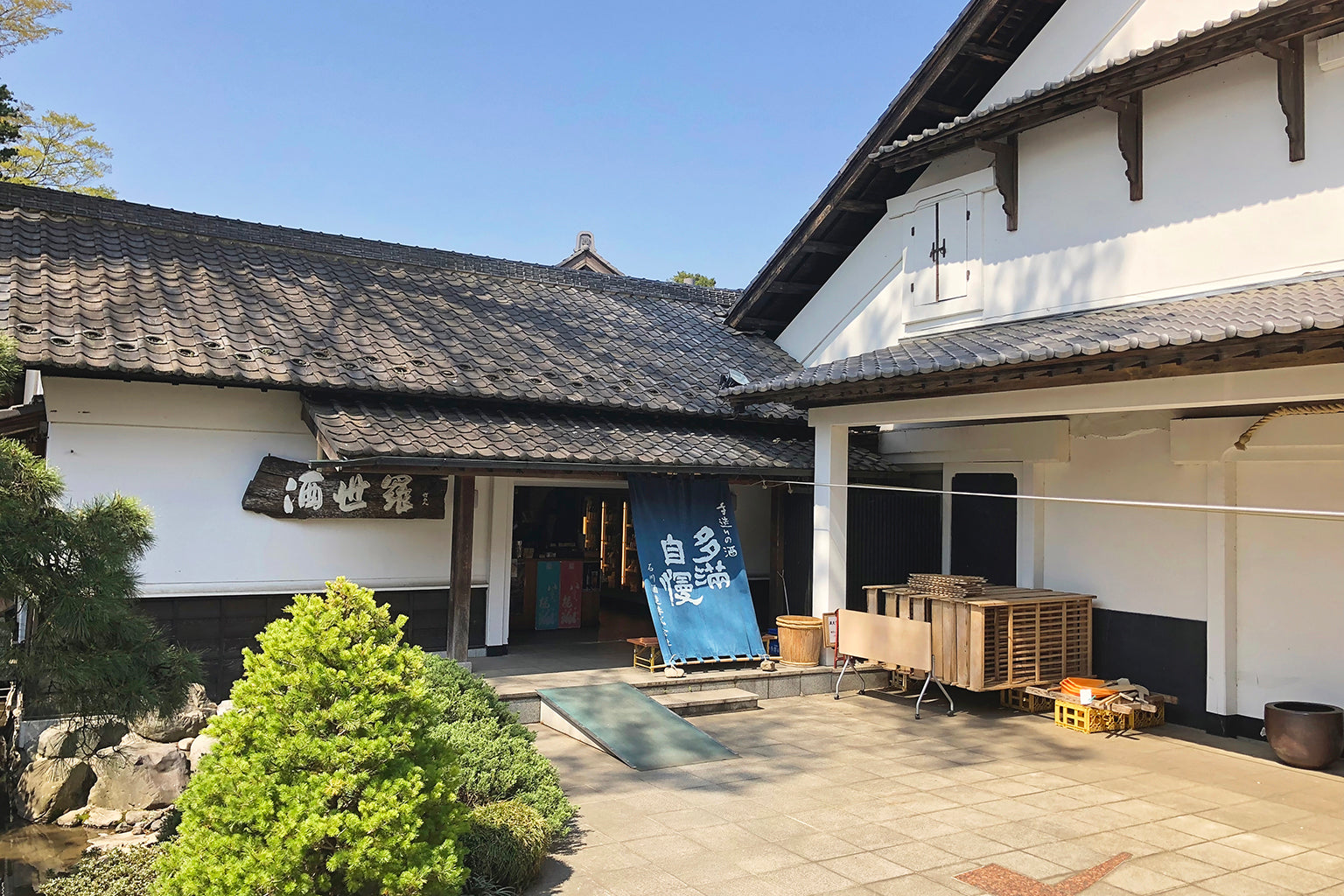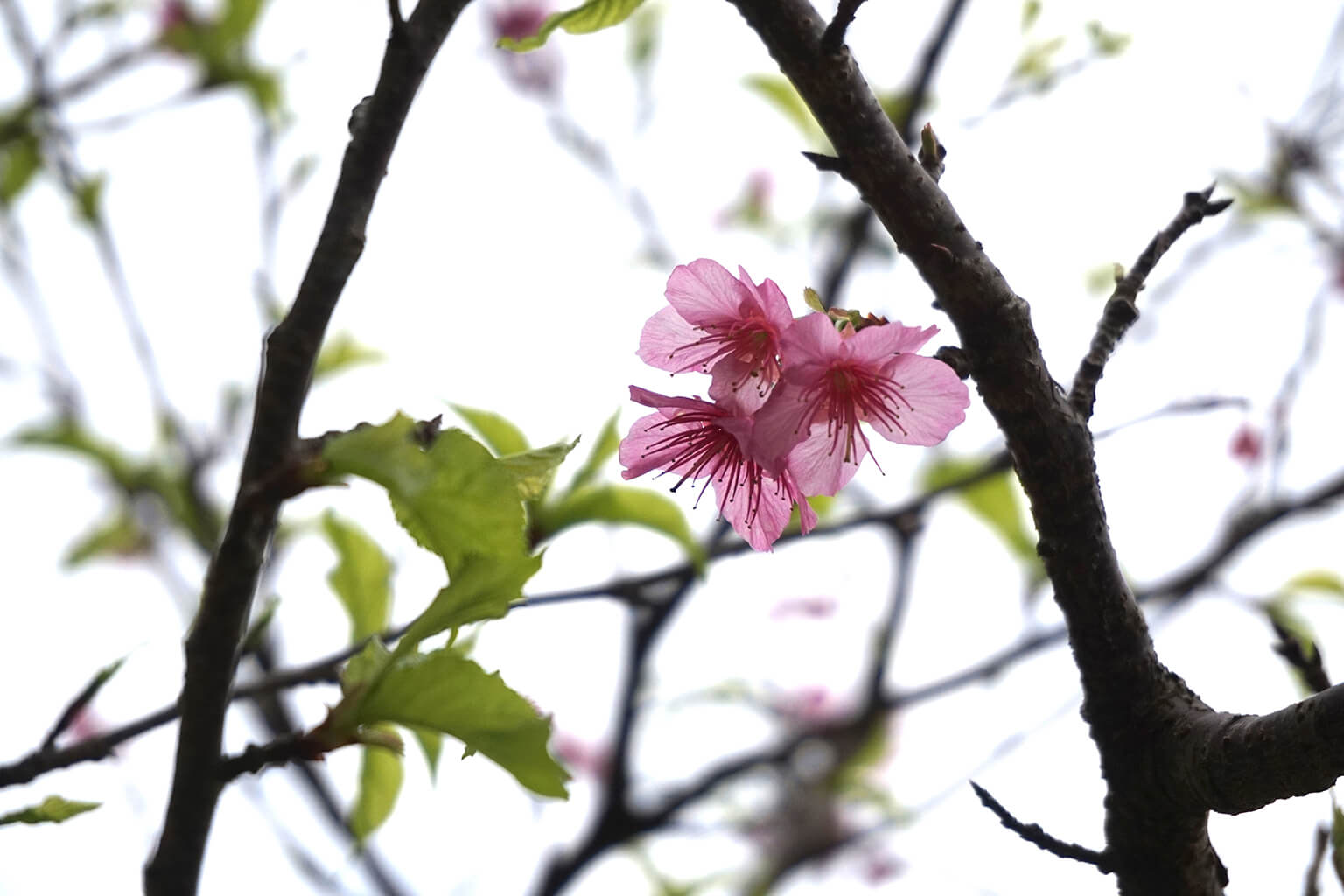Seeing the cherry blossoms in person is a wonderful experience, but for those who are unable to travel this season, there's another way to bring home a Japan-like spring through the Japanese art of flower arrangement, Ikebana.
The earliest form of Ikebana is said to have roots in Shinto (Japan’s native religion) and in Buddhism, as flower offerings were placed on altars. Throughout the centuries, the art was experimented with and refined for different audiences: the wealthy, the samurai, and the general public. There are many schools of ikebana but they all adhere to basic principles of minimalism, form, and structure. Ikebana is a way of life that encompasses Japanese spirituality and personality; to truly learn and understand it requires diligence and many hours of hands-on practice.
No need to worry if you don’t have access to cherry blossoms or other tropical gems like the exotic orchid or the exquisite birds of paradise. Modern styles of ikebana actually encourage the use of local plants and flowers. More importantly, the focus is on understanding the seasons, and on one’s interpretation and emotional expression as reflected in the arrangement.
Our quick guide below uses the moribana style (recommended for beginners). By no means is it comprehensive, but intended as a basic introduction to exploring the contrasts between the Japanese way and western style of arranging flowers. Have fun!
Basic supplies
Depending on your interest and skill level, ikebana arrangements can require many different tools and wares. The Ohara School, for example, has a catalog of supplies! But there’s really no need to invest too heavily until you learn the foundations of ikebana. Beginners can start with the basic supplies below:
1. Container-For moribana style, use a round/oval, shallow bowl that is about 3 inches deep.
2. Kenzan-Literally translated as “sword mountain”. A kenzan is a Japanese ikebana tool made up of inverted pins on a flat, heavy plate, on which plant and flower stems are attached.
3. Scissors/shears-Ikebana utilizes specialty scissors called hasami that are shorter and rounder with crescent-shaped handles. Beginners may use any scissors with clean, thick blades for slicing cleanly through branches or blossoms.
4. Base-In Japan, the dai, or base, is customary. It can be a special wood, lacquer, or bamboo base, placed beneath a vase or bowl. This is optional but beautiful for the final presentation.
5. Flowers and/or branches-Your selection of subject flowers and branches do not have to be expensive or imported! Ikebana is an art that promotes natural beauty, so feel free to use local flora from your area.
6. Water.
Basic steps
1. Measure your “subject” flower. It should be twice the length of the diameter of the container. Trim the excess part of the stem and attach it vertically to one end of the kenzan at a 90 degree angle.
2. Next, measure your “object” flower. This is your main flower and its length should be much shorter, a third of the height of the subject flower. Attach it to the other end of the kenzan, at a 45 degree angle, facing away from the subject flower.
3. Finally, take a few additional pieces and cover the empty spaces with “filler” flowers. Note that these should be shorter than the subject flower and used sparingly so as not to clutter the arrangement! Space is just as critical in ikebana. You can use different types of flowers and leaves.
Pleasure from the practice
There are a number of different methods and styles of ikebana but three major schools each present their own unique way of understanding nature: Ikenobo is the oldest and said to be the “origin” of Ikebana with comparatively strict, classic guidelines; Ohara was the first to incorporate western flowers and introduce a shallow dish; and Sogetsu usually highlights modern styles.
Whereas western flower arrangements are typically fuller and more crowded, Ikebana places great importance on space. It is not uncommon to employ a jutting branch or two as the primary focus of the arrangement. Contrast and asymmetry also mark Ikebana’s uniqueness, as well as the emphasis on three elements: shin (“heaven”, represented by the tallest flower or stem), soe (“man”, represented by the middle stem), and the shortest branch is tai (earth).
Understanding the philosophy and practice of Ikebana and all the different schools and styles takes time and dedicated study, but I hope you'll take a few minutes to try your hand and creativity! It's very relaxing and one of Japan’s most beautiful artistic practices! You can use fresh wildflowers from the weekend’s farmer’s market and tag us on your creations! #tippsyblog















